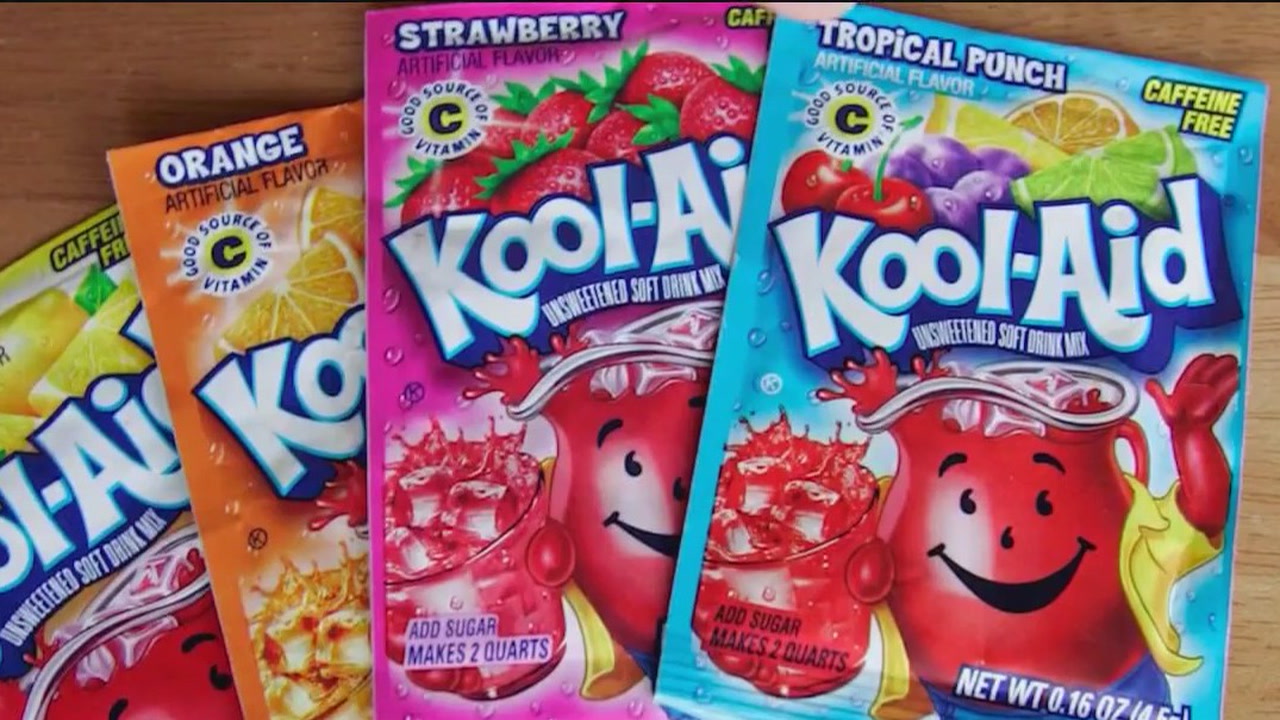
Chamberlains of London – A new wave of concern has emerged following a study conducted by The George Institute for Global Health and the University of North Carolina, revealing a persistent presence of synthetic dyes in U.S. packaged foods. Synthetic Dyes Remain Common in American Food Products, despite mounting scientific evidence questioning their safety. The research finds that 19 percent of all packaged food and beverage items sold in the United States still include synthetic dyes. These additives appear disproportionately in products designed for children, with 28 percent of youth-targeted goods containing them, compared to just 11 percent in other food categories. The data not only reflects a regulatory gap but also highlights the complex role of marketing in shaping children’s exposure to artificial ingredients. At a time when nutritional transparency is being demanded more than ever, this revelation adds urgency to ongoing policy debates about food safety, child health, and honest labeling.
The study underscores a disturbing trend in how synthetic dyes are disproportionately present in items marketed to children. Cereals, fruit snacks, candies, and beverages aimed at young consumers are three times more likely to contain these artificial colors. Bright hues are often used to make such products more visually appealing, but they can come with potential side effects. Health professionals have long raised concerns that synthetic dyes may contribute to behavioral issues like hyperactivity and attention disorders in sensitive children. Despite this, companies continue to use artificial coloring as a cost-effective tool to boost shelf appeal. The appeal to children is not accidental but rather a calculated strategy by manufacturers. By allowing such ingredients in youth-oriented products, food marketers amplify both consumption and health risks. These findings highlight the need for regulatory scrutiny over how child-targeted food products are formulated and sold.
“Read about: Crab Cake Royalty: Tony’s Serves Lexington’s Most Lavish Starter”
One of the most alarming insights from the study is the correlation between synthetic dyes and high sugar content. Products that contain synthetic dyes average 141 percent more sugar than those without. This dual threat creates a nutritional minefield, particularly for children who may already consume excess sugar in their daily diets. The vivid colors may attract children, but the sugar within contributes to a range of health problems including obesity, diabetes, and dental issues. This combination of additives and sugar makes it difficult for parents to identify genuinely healthy choices. It also suggests that manufacturers may be masking otherwise unhealthy products behind colorful appearances. The convergence of sugar and synthetic dyes points to a deeper issue in food formulation, one that values profit over public health. Addressing this concern requires more than parental vigilance; it calls for policy-level reform and corporate accountability.
“Read more: United Against Trafficking: African Union Endorses Continental Guidelines”
In light of these findings, health advocates and researchers renew calls for reform in food labeling practices. They urge the FDA to tighten regulations around the use of synthetic dyes and demand clearer, more informative labeling on products that contain them. Advocates emphasize that current labels fail to communicate the risks tied to artificial additives. Families often remain unaware of what they consume because food packages lack explicit warnings or educational messaging. Synthetic Dyes Remain Common in American Food Products, especially those marketed to children, yet shoppers rarely receive enough information to choose safer options. Greater transparency in labeling empowers consumers and encourages food manufacturers to shift toward natural alternatives. Although some brands have already replaced artificial dyes with plant-based colorants, others continue to rely on synthetic versions without accountability. This reform movement not only seeks to inform the public but also challenges the entire food industry to raise its standards for safety and integrity.
The issue of synthetic dyes in food intersects with broader debates about food ethics, corporate responsibility, and public health. Consumers increasingly demand transparency in what they consume, and this study reinforces the gap between expectation and reality. Regulatory agencies face mounting pressure to update outdated food codes and address emerging science linking artificial dyes to behavioral and metabolic effects. Parents, educators, and healthcare professionals play a key role in spreading awareness and advocating for safer food options. Meanwhile, manufacturers must decide whether to maintain the status quo or adapt to evolving public values. The road to reform is neither quick nor easy, but this latest research pushes the conversation forward. With continued dialogue and policy action, a future of safer and more honest food practices becomes increasingly possible.